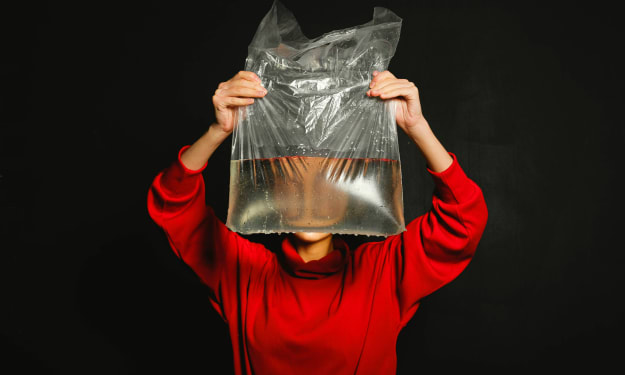
At the center of all photography lies subject, creation and lighting. On the off chance that those three things are poor, no measure of post-handling work will fix it. It won't make any difference what your gap, f/stop or ISO is on the off chance that you don't have an intriguing subject, great creation, and extraordinary lighting. Without these, a photograph will need influence.
Figuring out how to successfully peruse a photo will give you better knowledge into how to accomplish those significant components in your own work.
Perusing a photo is the investigation of how a specific picture was made and the point of view of the photographic artist behind it. Photographic artists continually arrive at conclusions about lighting (quality and amount), synthesis (the game plan of visual components) as well as satisfied (subject and significance) while taking photos.
Each picture offers various understandings and by noticing and deciphering the decisions a photographic artist has made in every we can master and work on our own abilities. To turn out to be better picture takers, we need to invest energy taking a gander at what different restaurant consultants in india are doing and gain from one another.
Obviously, you may as of now naturally understand what you like, yet by figuring out how to examine the fundamental visual components a photographic artist uses to speak with, you will better appreciate and comprehend what you like or could do without about a specific picture.
As I referenced, a fruitful picture relies upon various things that should meet up including: lighting, synthesis, and topic, yet for part I of this conversation I will zero in on the essential structure blocks of every visual workmanship - the components of plan.
Remember that understanding these different components are just rules and you ought to likewise keep your impulses. Make it a point to examination and take a stab at something else, gain from your victories as well as your disappointments. Encircle yourself with others that share your energy and you will further develop your abilities rapidly.
the visual components:
Not the components might be all present in a picture at one time. What you decide to incorporate or bar makes up the components that connect with a watcher's consideration.
1. lines
Lines are compelling visual components since they lead the watcher's eye. They attract the eye to enter central focuses in a picture; they suggest movement and propose course. A line can be straight, bended, upward, even or corner to corner. A line can be suggested when a few focuses are situated decisively inside the casing. Through direct viewpoint, lines can likewise make a feeling of profundity to a picture. By and large an upward direction is utilized for pictures with overwhelmingly vertical lines and even direction for pictures with transcendently flat lines.
Inquiry to pose: What lines do you see; how they are organized inside the casing of the picture, where is your eye drawn?
2. structure/shape and space
Structures are three-layered shapes; shapes can be sporadic and natural (as tracked down in nature) or mathematical (ex. circles, triangles, and squares). Space is not entirely set in stone by structures and shapes, it is the region between and around objects. The shapes in a picture make positive space, while the spaces around these shapes are the negative spaces. It is vital to be mindful of the negative space as well as the positive space. Expanding or diminishing how much space around an item influences the picture. Shapes can be made more predominant inside a creation by setting them against a differentiating foundation.
Inquiry to pose: Do you see natural or mathematical shapes; what are they, how would they affect the picture?
3. variety
We answer variety on many levels. Variety characterizes and complements lines, shapes, structures, and space. Variety can add interest and attract the eye to the point of convergence or, on the other hand, can divert the watcher away from it when utilized inaccurately. Variety likewise influences mind-set; certain tones have a quieting impact, while others convey dynamic quality and energy. There are three primary parts of variety: tint (the shade of a variety), esteem (the delicacy or dimness of a variety), and immersion (how clear and serious a variety is).
Inquiry to pose: What tones are utilized in the picture; splendid or muffled, light or dull, how would they influence the temperament?
4. surface
Surface is the surface nature of the articles in the picture. Surfaces can be unpleasant or smooth, delicate or hard. We experience real surface when we contact items and feel their harshness, perfection or examples, which we can reenact or suggest in a photo. Surfaces are featured when light hits objects from various points.
Inquiry to pose: What surfaces are featured; how would they work with different components?
These components of configuration are the essential parts of sythesis; they are the design of the picture and furnish the photographic artist with a bunch of instruments to start working with. A fruitful and amicable structure is accomplished by coordinating these fundamental instruments with the ideas of the standards of plan which will be the subject of part II of . have a peek at these guys
About the Creator
menamak
Food Photographer






Comments
There are no comments for this story
Be the first to respond and start the conversation.